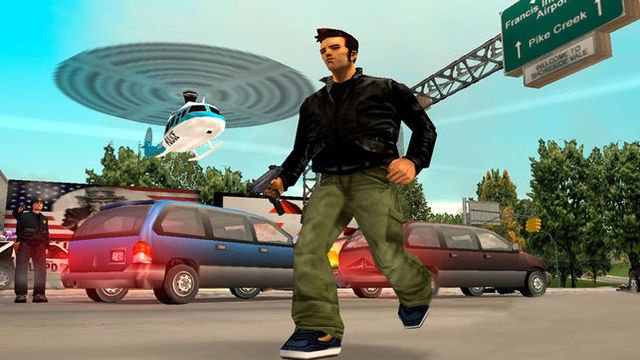Sequels of beloved franchises have to change to keep up with standards. And while sequels are quite commonplace in this medium, producing a sequel that takes a franchise in a completely different direction is oftentimes a rarity. Developers love to stick to what they know best but sometimes series can benefit greatly from trying something new. The video game sequels below are all evidence of…

Atlas is an action-rpg with rogue-like elements where you use your ability to control the ground to fight the enemies and move through procedurally generated worlds.










